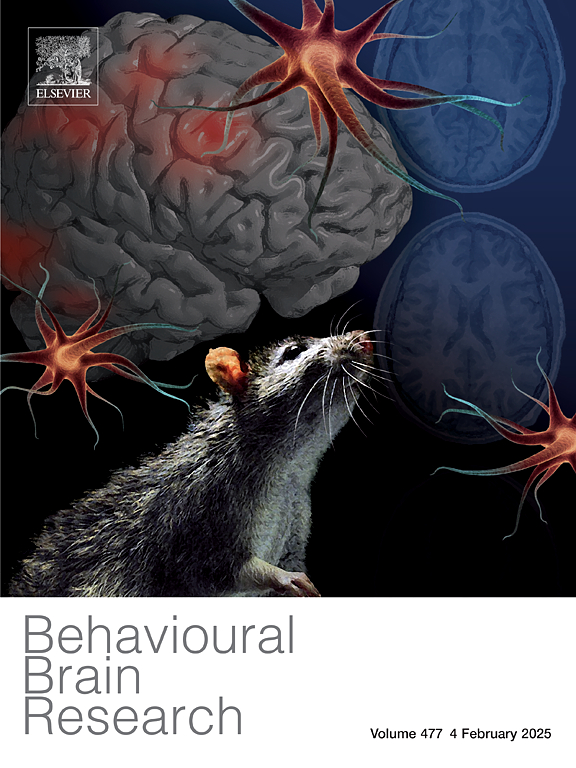Movement-related cortical potential during dual tasks with distinct load levels
IF 2.6
3区 心理学
Q2 BEHAVIORAL SCIENCES
引用次数: 0
Abstract
We investigated movement-related cortical potential (MRCP) during dual-task performance under different levels of secondary task load. This study included 20 healthy young, right-footed adults. MRCPs were measured under three conditions. The single task (ST) involved internal-paced dorsiflexion of the right ankle joint, whereas in the simple dual task (DT-S) and complex dual task (DT-C), participants engaged in the ST along with a visual number counting and memorizing task, with varying levels of cognitive load. These conditions represented no-, low-, and high-load divided attention tasks, respectively. Although the coefficient of variation (CV) in movement interval was higher during DT-C compared to ST and DT-S, the negative peak amplitude of MRCPs, recorded from the Cz electrode using the international 10/20 system, was lower in DT-S and DT-C compared to ST. Although no significant differences in CV were observed, DT-S resulted in a significant decrease in MRCP amplitude. Our findings indicate that MRCPs may serve as a biomarker for assessing divided attention capacity during dual-task performance, even in the absence of observable differences in task performance. These results suggest that the MRCP amplitude is an indicator of supplementary motor area activation, highlighting the crucial role of attention division in movement preparation and execution when performing dual tasks.
不同负荷水平的双重任务中运动相关的皮层电位
研究了不同次要任务负荷下双任务执行过程中的运动相关皮层电位(MRCP)。这项研究包括20名健康的年轻右脚成年人。在三种情况下测量mrcp。单任务(ST)涉及右踝关节的内节奏背屈,而在简单双重任务(DT-S)和复杂双重任务(DT-C)中,参与者在进行ST的同时进行视觉数字计数和记忆任务,具有不同程度的认知负荷。这些条件分别代表无、低和高负荷分散注意力任务。虽然DT-C期间运动间隔的变异系数(CV)高于ST和DT-S,但使用国际10/20系统从Cz电极记录的MRCP负峰幅值在DT-S和DT-C期间比ST低,尽管CV没有观察到显著差异,但DT-S导致MRCP幅值显著降低。我们的研究结果表明,即使在没有可观察到的任务表现差异的情况下,mrcp也可以作为评估双任务表现中分散注意能力的生物标志物。这些结果表明,MRCP振幅是辅助运动区域激活的一个指标,突出了注意划分在执行双重任务时运动准备和执行中的重要作用。
本文章由计算机程序翻译,如有差异,请以英文原文为准。
求助全文
约1分钟内获得全文
求助全文
来源期刊

Behavioural Brain Research
医学-行为科学
CiteScore
5.60
自引率
0.00%
发文量
383
审稿时长
61 days
期刊介绍:
Behavioural Brain Research is an international, interdisciplinary journal dedicated to the publication of articles in the field of behavioural neuroscience, broadly defined. Contributions from the entire range of disciplines that comprise the neurosciences, behavioural sciences or cognitive sciences are appropriate, as long as the goal is to delineate the neural mechanisms underlying behaviour. Thus, studies may range from neurophysiological, neuroanatomical, neurochemical or neuropharmacological analysis of brain-behaviour relations, including the use of molecular genetic or behavioural genetic approaches, to studies that involve the use of brain imaging techniques, to neuroethological studies. Reports of original research, of major methodological advances, or of novel conceptual approaches are all encouraged. The journal will also consider critical reviews on selected topics.
 求助内容:
求助内容: 应助结果提醒方式:
应助结果提醒方式:


